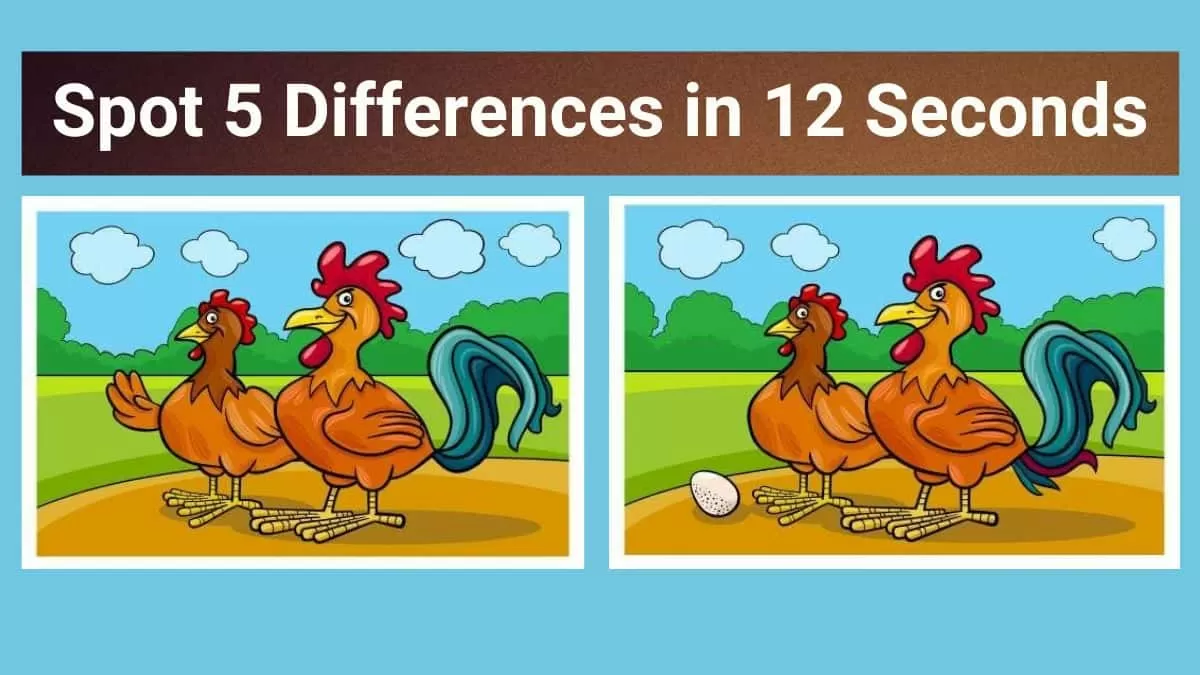In the vast realm of literature, terms such as perspective and point of view are often used interchangeably, leading to confusion even among seasoned readers. However, a closer examination reveals distinct nuances that set the two apart, enriching the mechanics of narrative and enriching our understanding of a story’s fabric. Exploring the difference between perspective and point of view not only enhances our appreciation of literature but also establishes a foundation for exploring the multifaceted nature of storytelling.
To embark on this journey of understanding, it is imperative to define both terms succinctly. Point of view, in literary contexts, refers to the vantage point from which a story is narrated. It dictates how readers engage with the unfolding narrative. In contrast, perspective encompasses the broader lens through which characters interpret experiences and convey their thoughts. It is shaped by a multitude of factors including background, societal context, and personal experiences, thus lending depth to the narrative.
At first glance, one might perceive point of view as a more technical element of storytelling—central to the mechanics of narration—while perspective represents a more philosophical element, underpinning the emotional truths conveyed in a narrative. Nevertheless, both are inextricably intertwined, working symbiotically to engage the reader and relay complex themes.
Exploring Point of View
The term “point of view” is often categorized into several distinct types: first-person, second-person, and third-person, each providing a unique experience for the reader. The first-person narrative allows readers to delve directly into the thoughts and feelings of a protagonist, creating an intimate atmosphere where experiences resonate on a personal level. This point of view often molds the reader’s journey, allowing emotional stakes to transcend boundaries.
Conversely, the second-person point of view thrusts the reader into the narrative, casting them as the protagonist through the usage of “you.” This approach can create an immersive experience, blurring the lines between fiction and reader engagement, prompting the reader to reflect on their own emotions and experiences in relation to the storyline.
The third-person perspective branches further into third-person limited and third-person omniscient. In third-person limited, the narrator offers insight into only one character’s thoughts, providing a nuanced exploration of that character’s psyche while maintaining some narrative distance. On the other hand, third-person omniscient allows a god-like narrator to traverse multiple characters’ thoughts and experiences, interweaving various perspectives into a complex tapestry.
The Significance of Perspective
While point of view establishes the lens through which a narrative is presented, perspective stretches beyond mere narration. It captures the essence of characters’ identities and their life experiences, rendering a rich tapestry of emotions and beliefs. Perspective is laden with personal biases, cultural influences, and ethical frameworks. For instance, a character’s perspective may be shaped by their upbringing, their socio-economic status, or their geographical location, each contributing unique filters through which they interpret the world.
Types of perspective can range from social to emotional. Characters in novels may embody a range of perspectives, from optimistic to cynical. A character who has faced adversity may narrate events with a sense of resilience, while another character may embody despair due to similar experiences. This dissonance in perspective adds depth to character interactions and highlights the complexities of human experience.
The Intersection of Point of View and Perspective
The interplay between point of view and perspective is where the real magic of storytelling resides. Together, they create a rich narrative landscape that offers readers various ways to engage with a story. For example, a novel told in the first-person perspective offers a unique vantage point while inviting readers to experience the story through the emotional lenses unique to the narrator. The reader becomes privy not just to the events that transpire, but to the inner turmoil and joy that may guide the narrator’s interpretations.
A classic example can be found in the works of literary giants such as William Faulkner or Virginia Woolf, who deftly harnessed the complexity of perspectives within their narratives. Faulkner’s intricate intermingling of points of view, alongside multi-dimensional characters, portrays how individual perspectives influence comprehension of events and relationships. Woolf’s stream-of-consciousness technique reveals a mosaic of thoughts and reflections that encapsulate an array of perspectives within a single narrative framework.
Influence on Reader Engagement and Interpretation
The distinction between perspective and point of view becomes critical when considering how readers perceive and interpret literature. Readers, naturally, bring their perspectives to a text, influencing how they connect with the narrative. Readers’ backgrounds and life experiences shape their understanding of characters and events. This subjective lens adds yet another layer of complexity to the storytelling process, showcasing how literature is not merely a reflection of the author’s intent but an intricate dialogue between text and reader.
Different perspectives can incite varied reactions. For instance, readers may empathize with a character whose background mirrors their own more than with a character whose experiences lie outside their comprehension. Similarly, narrative shifts may intrigue, challenge, or perplex, encouraging readers to reconsider their interpretations and biases. In essence, the relationship between point of view and perspective fosters a dynamic exchange enriching both the text and the reader’s engagement with it.
Conclusion
In summation, discerning the differences between perspective and point of view unveils the rich tapestry of literature, accentuating how these elements converge to create a multi-layered narrative experience. Understanding this interplay enhances readers’ appreciation and fosters an empathetic connection with the characters and their journeys. As readers traverse through different points of view and engage with contrasting perspectives, they are not merely passive observers but active participants in a dialogue that transcends the written word. Every story is, in essence, an invitation to perceive the world through myriad lenses, promising an ever-evolving shift in perspective that ultimately piques curiosity and beckons exploration.
